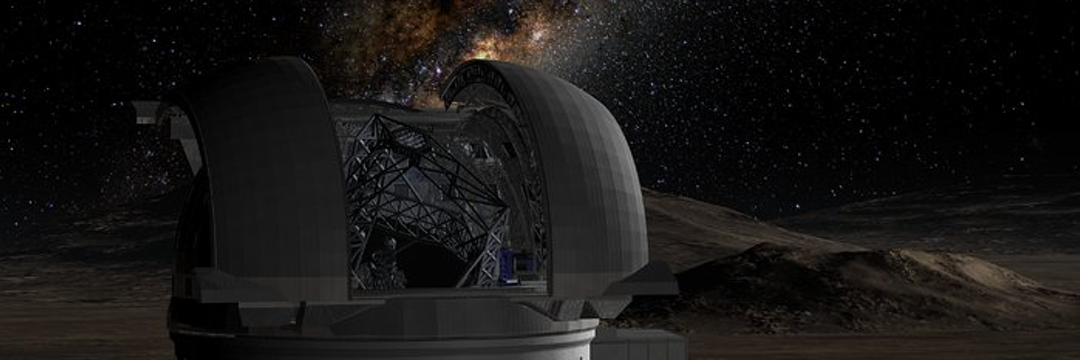
doi.org/10.1016/j.cub.2025.05.066
Credibility: 989
#Portuguese man o war
The jellyfish known as Portuguese men-of-war, or “bluebottles” in English, have always been considered a single species that floats around the world’s oceans
However, new research has revealed that they are actually at least four distinct species, each with their own physical characteristics, genetics and distribution areas.
This discovery was made by an international study led by scientists from Yale University in the United States, together with researchers from the University of New South Wales (UNSW) and Griffith University in Australia.
They analyzed the genetic material of 151 Portuguese men-of-war collected from different parts of the planet.

Surprising genetic diversity
Published in the journal Current Biology, the study showed that Portuguese men-of-war form five genetic groups that do not interbreed with each other, even though they live in close proximity.
This contradicts the long-held idea that they all belonged to a single population that mixed in the oceans.
“We were shocked because we thought they were all the same species,” said Professor Kylie Pitt of Griffith University.
“But the genetic data shows that not only are they different, but they also do not breed with each other, despite being in close proximity.
The Portuguese man-of-war is uniquely suited to travelling long distances, using its gas-filled sac and muscular crest to ‘sail’ with the wind on the surface of the sea.”

Confirming differences with images and genetics
The scientists combined genetic analysis with physical observations.
They used thousands of photos submitted by ordinary people to the website iNaturalist.org to identify four distinct physical forms of the Portuguese man-of-war.
These forms, which were once suggested as separate species but later discarded in the 18th and 19th centuries, have now been confirmed by modern genetics.
The study identified the species Physalia physalis, P.
utriculus and P.
megalista, as well as a new species called Physalia minuta, found near New Zealand and Australia.
Each species is further divided into genetically unique subgroups, shaped by the winds and ocean currents of each region, according to advanced models of marine circulation.
Rethinking life in the oceans
“There is this idea that the oceans are all connected, and that the Portuguese man-of-war is a single species spread around the world, traveling with the wind and currents,” explained Professor Pitt.
“But that is not true.
And what is interesting about eastern Australia is that we have several species that have evolved even though they live side by side.
Why did they become different species when they are in the same environment and could mix? What factors led to this separation””
The researchers highlighted that further research into the physical, environmental and biological processes that created and maintain this genetic diversity will be essential to better understand biodiversity in the open oceans.
This discovery changes what science thought about how life is organized in the seas.
Published in 06/25/2025 21h02
Text adapted by AI (Grok) and translated via Google API in the English version. Images from public image libraries or credits in the caption. Information about DOI, author and institution can be found in the body of the article.
Reference article:
Original study:
| Geoprocessing Drone Systems HPC |

| ERP and CRM Systems Mobile Systems AI |


